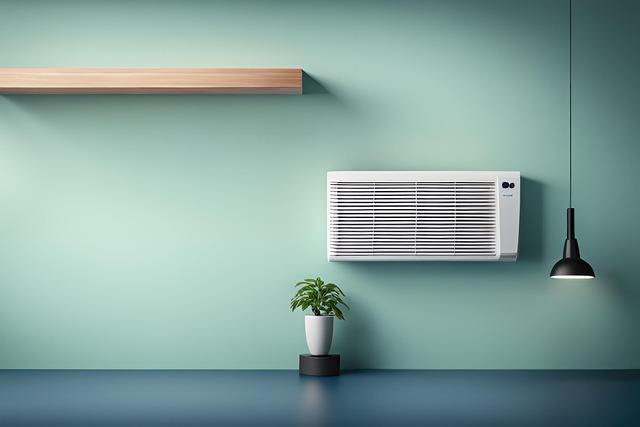Mold thrives in dark, damp indoor spaces with consistent moisture, affecting walls, ceilings, and wood. Health risks include coughing, sneezing, eye irritation, chronic sinus infections, or neurological problems. Prevent mold growth by addressing water leaks, managing humidity (below 50%), improving ventilation, cleaning affected areas with bleach or anti-mold solutions, maintaining dry conditions, using de-humidifiers, ensuring proper insulation, conducting regular inspections, and performing immediate remediation. Proactively use mold-resistant materials during construction/renovation.
“Discover the insidious nature of household mold and its potential health risks in this comprehensive guide. Understanding mold types and common sources is the first step to creating a healthier home environment. We’ll explore how prolonged exposure to certain molds can impact your well-being, from respiratory issues to allergic reactions. Armed with knowledge, learn effective prevention strategies to mitigate mold growth and create a mold-free sanctuary using practical tips on ventilation, humidity control, and regular cleaning.”
- Understanding Mold: Types and Common Sources
- Health Risks Associated with Mold Exposure
- Effective Prevention Strategies for a Mold-Free Home
Understanding Mold: Types and Common Sources

Mold is a natural part of our environment, but it can become a problem within homes and buildings when it goes unnoticed and unchecked. Understanding different types of mold and their common sources is essential when considering how to stop mold from thriving in your household. There are numerous species of mold, with some being more harmful than others. Common types include Aspergillus, Penicillium, and Cladosporium, which can often be found outdoors but may also proliferate indoors if conditions are right.
Mold thrives in dark, damp spaces where there is a consistent source of moisture. It can develop on various surfaces, including walls, ceilings, carpeting, wood, and even behind drywall. Water leaks, high humidity levels, poor ventilation, and water damage from floods or leaks are all potential sources that create the ideal environment for mold growth. Identifying and addressing these issues early is key to preventing mold problems and ensuring a healthier living space.
Health Risks Associated with Mold Exposure

Mold exposure can pose significant health risks, particularly for vulnerable individuals such as children, the elderly, and those with pre-existing respiratory conditions. Short-term effects may include coughing, sneezing, runny nose, and eye irritation. Prolonged or intense exposure could lead to more severe issues like chronic sinus infections, asthma attacks, and even neurological problems. Some molds produce toxic compounds known as mycotoxins, which can cause serious health complications if inhaled or ingested.
To mitigate these risks, it’s crucial to address mold growth promptly and effectively. Understanding how to stop mold involves identifying sources of moisture, improving ventilation, and regularly cleaning areas prone to mold. Preventive measures include maintaining a dry home, fixing leaks promptly, using de-humidifiers, and ensuring proper insulation. Regular inspection and prompt remediation are key to keeping your living environment safe and healthy.
Effective Prevention Strategies for a Mold-Free Home

To keep your home free from mold, it’s essential to understand and implement effective prevention strategies. Start by addressing any sources of moisture. Mold thrives in humid environments, so maintaining low humidity levels indoors is crucial. Use dehumifiers or air conditioners during damp months and ensure proper ventilation in kitchens and bathrooms. Regular cleaning with bleach or anti-mold solutions can also inhibit mold growth, especially in areas prone to water damage like basements or laundry rooms.
Additionally, fix any plumbing leaks promptly as standing water is a fertile ground for mold spores to proliferate. Ensure your home receives adequate natural light, as sunlight inhibits mold’s development. Regularly inspect and clean hard-to-reach areas where moisture can accumulate, such as under sinks, behind appliances, or in crawl spaces. Using mold-resistant materials during construction or renovation projects is another proactive step.
